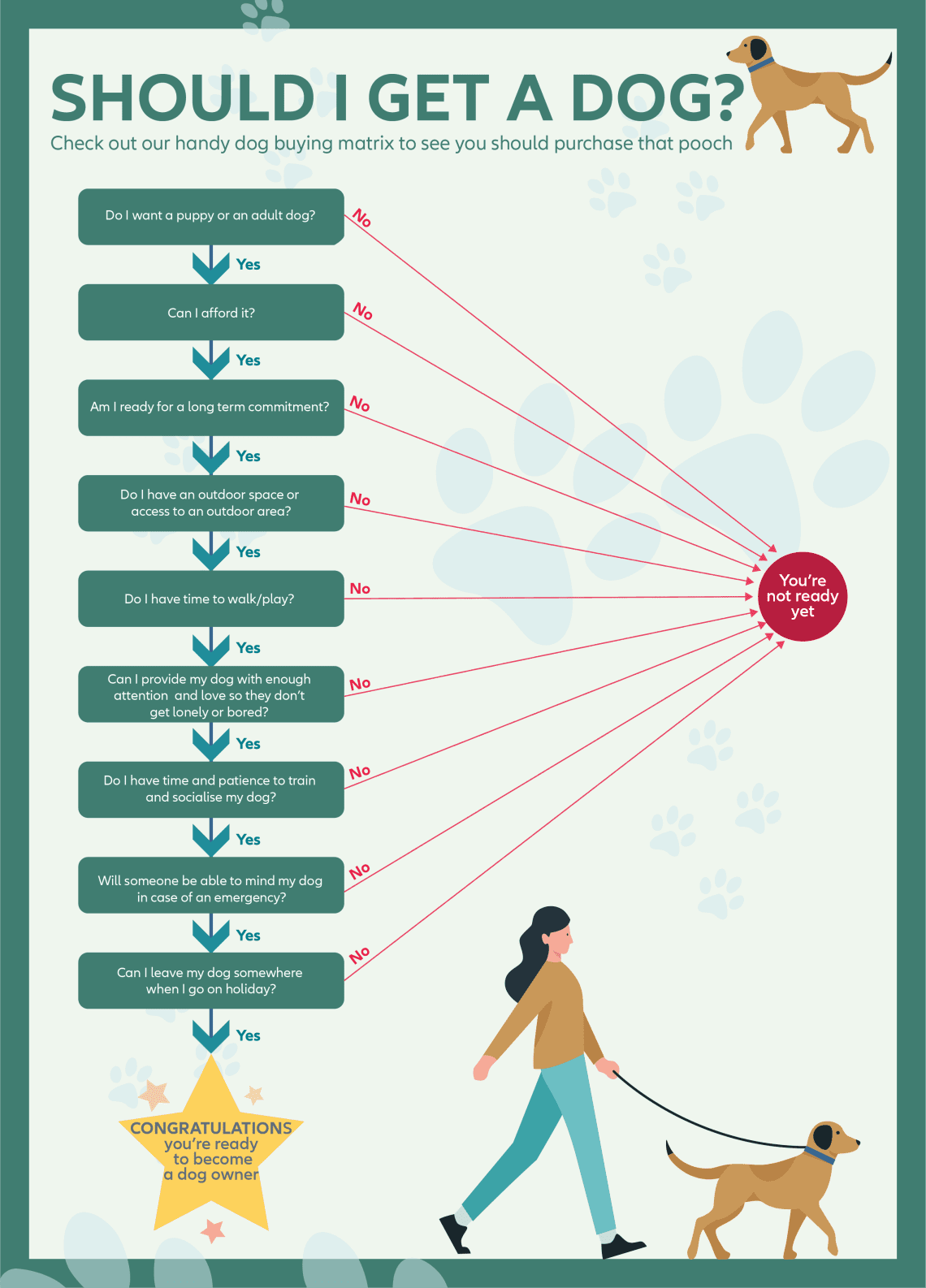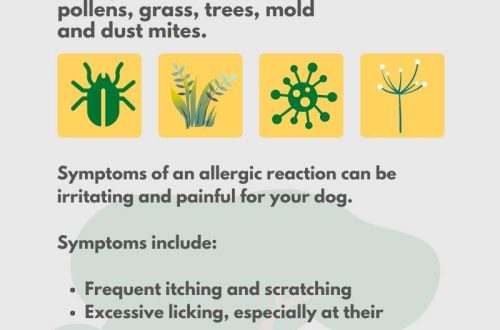
What can you get from a dog
All future dog owners are interested in knowing how to care for them. But not everyone realizes that they will have to take care of themselves. After all, dogs are not only true friends, but also possible carriers of various diseases.
However, do not panic – most diseases are transmitted only between animals. For example, fleas, which are often found ectoparasites in dogs, are most often not dangerous to humans.
So what diseases should be feared, and which ones can be crossed off the list of suspects? Let’s figure it out together with Hill’s veterinarians!
Contents
Is it possible to get infected from a dog …
… rage?
This disease is on the short list of human phobias – supposedly one contact with a sick animal is enough to infect, and only 40 injections in the stomach can save … Calm, only calm!
Yes, this is indeed a deadly disease for both dogs and humans, but effective preventive measures (vaccination) have long been developed, as well as …
Firstly, the risk of transmission of the disease occurs only if the saliva of a sick dog gets on the mucous membranes or severely damaged skin. Touching an animal and even licking its intact skin is not a reason to start vaccination.
Secondly, 40 injections in the stomach are 40 years away from us. If you are still unlucky to get a bite from an unfamiliar dog, vaccination will be carried out according to the following scheme:
- immunoglobulin;
- 6 vaccinations (on the 1st, 3rd, 7th, 14th, 30th and 90th day).
Important: do not make the decision to vaccinate (or not) on your own. If there is a wound, immediately go to the nearest emergency room. If possible, avoid contact with unfamiliar or stray animals.
What if the dog is vaccinated?
Veterinarians say that a vaccinated dog, in principle, cannot get rabies, and, accordingly, it is impossible to get infected from it. And even from an unvaccinated pet, the risk of infection is minimal – unless she comes into contact with wild animals.
… by helminths (worms)?
It is unpleasant, but true: up to 400 species of helminths can parasitize in the body of a dog.
Most of them do not pose a danger to humans even if they enter the body – a lower body temperature compared to a dog’s body and other physiological and genetic factors do not allow parasites to develop. However, several types of helminths that parasitize dogs can “breed and multiply” inside a person.
Many dog owners can provoke the appearance of helminths themselves by treating their pets with raw or undercooked meat. While properly selected ready-made food can minimize this risk of developing helminthiasis.
Important: do not neglect personal hygiene and drug prevention of helminths, even if the dog does not show signs of parasitic diseases. Find out from your veterinarian how often and what drugs should be treated with your pet.
… toxoplasmosis?
The main source of toxoplasmosis for humans are cats – antibodies to the parasite Toxoplasma gondii were found in 80% of adult domestic individuals during the study. In domestic dogs, this figure is half that, however, with close contact of the owner with the pet, the risk of transmission of toxoplasmosis remains high.
With a latent course of toxoplasmosis, symptoms may be completely absent and the presence of the disease reveals only a laboratory analysis. And the main ways of infecting dogs are close contact with wild counterparts and raw meat in the diet.
Important: Toxoplasmosis is most dangerous for pregnant women. When planning a pregnancy, it is recommended, after consultation with medical and veterinary specialists, to conduct an examination of pets.
… a plague?
Distemper, canine distemper, or Carre’s disease, is very dangerous for dogs. The disease progresses rapidly and is often fatal.
However, a dog cannot infect a person. Despite the fact that canine distemper is similar to measles in humans, it does not pose a danger to humans. Cat owners should not worry – this disease is typical only for dogs.
The bad news: sometimes a human can infect a dog! For example, bringing the virus on contaminated shoes or clothes.
Important: This disease is very dangerous for dogs, but there is an effective way to prevent it – vaccination. Be sure to check with your veterinarian to find out which vaccination schedule is best for your pet.
… lichen?
Dermatophytosis or ringworm is caused by microscopic fungi that parasitize the skin and coat and can be transmitted from animals to humans, in particular from dogs. For most people, this disease is not dangerous, but do not neglect personal hygiene, especially if you have to contact with an infected animal. Be sure to contact a specialist if you notice any skin lesions in yourself or your pet.
Important: if the animal’s immune system is working at full strength, the dog will not become infected with lichen even through direct contact with the carrier of the disease. Unfortunately, vaccination is neither a cure nor a way to prevent this disease.
… ticks?
Another question that needs to be clarified is that ticks are different. Consider the most common diseases associated with them:
- Demodecosis can appear in both a dog and a person, but they cannot get infected from each other. This is because the disease is caused by different types of Demodex mites – Demodex folliculorum and Demodex brevis mites parasitize on humans, and Demodex canis on pets.
- Sarcoptosis (scabies) caused by the parasite Sarcoptes scabiei canis. Scabies mites can be transmitted from dog to person, so a pet with this disease, after consulting a specialist, should be isolated for a while at least from children and elderly family members.
- Ixodid ticks are the same mites that can be found on the skin of a pet after a walk. These blood-sucking arthropods themselves do not pose a great danger to domestic animals, except when many ticks parasitize one animal, but they serve as carriers of many dangerous diseases, such as babesiosis, ehrlichiosis, etc. It is almost impossible to “pick up” these ticks from dogs.
- Otodectosis (ear scabies) caused by the parasitic mite Otodectes cynotis. This disease is not transmitted from animals to humans, however, this disease is widespread among dogs and cats, gives them severe discomfort and itching and requires treatment with special drugs.
Important: To prevent infestation with parasitic mites, ask your veterinarian which acaricidal drops or sprays can be used, as well as special scented collars for your dog.
… tetanus?
The causative agent of tetanus is introduced into the body through open wounds from the environment, such as soil. Therefore, untreated deep bite wounds and other skin lesions are equally dangerous for the pet and for the owner.
Important: even a minor open wound can lead to infection in a dog. After each walk, a thorough examination of the skin and antiseptic treatment of cuts and abrasions is recommended. Be sure to contact a specialist if you notice symptoms of the disease in yourself or your pet.
Prevention
Despite the specifics of individual diseases, a number of general recommendations can be drawn for the protection of dogs and their owners:
- Take your pet to the vet regularly.
- Follow the schedule of vaccinations and antiparasitic treatments.
- Try to exclude raw meat from the dog’s diet, giving preference to a balanced diet.
- Avoid contact with wild animals.
- Wash your hands after every contact with your pet, especially before eating.
- Thoroughly clean and disinfect bowls, toys, and other pet care items regularly.
Take care of yourself! And your pets.





